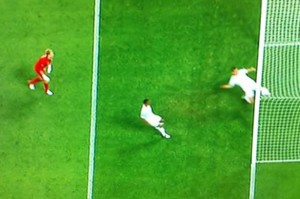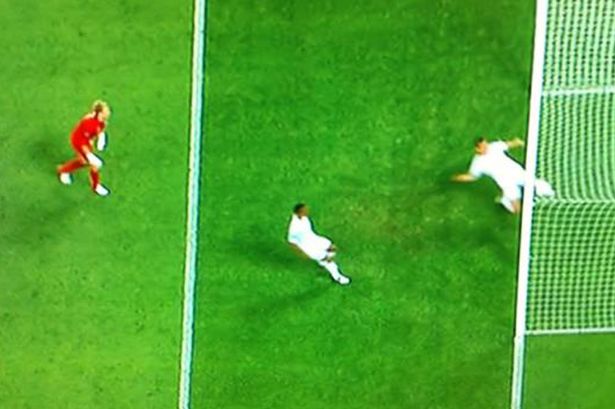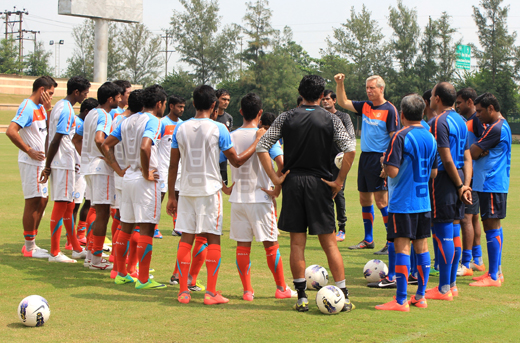 Ghost goals are the stuff of legend. The world remembers the Football World Cup final in 1966 and more recently the Knockout Stages of the 2010 World Cup in South Africa where goals were (or maybe weren’t) scored.
Ghost goals are the stuff of legend. The world remembers the Football World Cup final in 1966 and more recently the Knockout Stages of the 2010 World Cup in South Africa where goals were (or maybe weren’t) scored.
Chelsea legend Frank Lampard happens to be involved in quite a few of these incidents – Tottenham Hotspur fans would have you remember the Phantom Goal scored by Chelsea when Gomes let the ball slip through his legs (but not over the line as the referee inferred). On the 5th of July this year, the IFAB (The consortium of the world’s first 4 football federations and FIFA) voted to gradually introduce Goal Line technology to football matches across the world.
But what is Goal line technology?
There are a total of 9 technologies that FIFA has tested since July 2011,with two being shortlisted for the second phase of testing. The trial has involved either technology choosing a stadium for its technical evaluation (different scenarios being considered). Testing has also been conducted in professional training sessions and in laboratories to account for different climatic conditions and other distortions.
GoalRef – The first of the two technologies shortlisted is called ‘GoalRef’. This uses a microchip implanted within a football and a magnetic field present on and behind the goal-line within the goal. If the ball crosses the line, a fluctuation of this field is caused which sends an instant alert to the referees watch. This system has undergone testing in the Danish Superliga. A major advantage of this system is that it is real-time and does not require the game to be stopped. Most of the opposition to goal line technology stems from fears that the game may end up being disjointed.
For further info, check this video – GoalRef explained
Hawk Eye – The second technology in use is the Hawk Eye system (also used in Cricket, Snooker and Tennis). This involves triangulation of the footballs position in the pitch using the visual images and timing data provided by six high speed video cameras situated at strategic locations around the field of play. The margin of error for this system has been shown to be around 3.6 mm. An added advantage for this system is that it can open up a new field of statistics for coaches, players and commentators as this system stores a graphic image of the balls position on (and above) the field of play in its database. Drawbacks to this system include exorbitant cost (250,000 GBP for one stadium) and the need to stop play for a decision to be taken.
For further info, check this video – Hawk-Eye Explained
It remains to be seen if the greater footballing world (i.e. the players, coaches, fans) will welcome this technology into their overall footballing experience. If recent trends are to be considered, most people are pleased with the IFAB decision. A survey of Europa League captains stated that 90% of them welcome Goal Line Technology. Dissenters counter to say that this technology will take away the enjoyment of debating mistakes that makes our footballing experience so special (and human). What result it will have in influencing this wonderful game? One can only wait and watch with bated breath.











